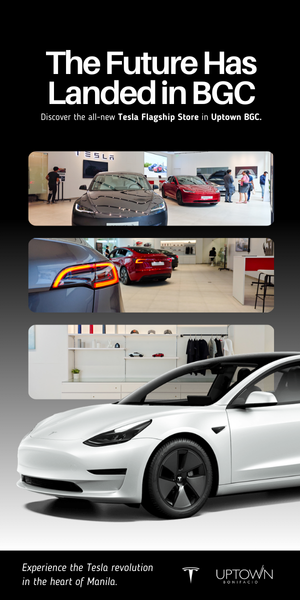When Joe Rogan launched The Joe Rogan Experience back in 2009, nobody — including Rogan himself — knew that he was about to flip the media industry on its head.
Today, he’s not just the host of the world’s most influential podcast. He’s a symbol of how independent creators can dominate mainstream media without bending to its rules. Rogan’s rise isn’t just a personal success story — it’s the blueprint that every creator and media startup is now following.
PGMN Explains how he broke the system — and why traditional media still hasn’t recovered.
From Stand-Up Comic to Multi-Platform Disruptor
Joe Rogan started in the late 1980s grinding in Boston’s brutal stand-up comedy circuit. He learned early that commanding an audience wasn’t about perfection — it was about authenticity.
By the late ’90s, he expanded his reach, becoming a backstage interviewer for the UFC (Ultimate Fighting Championship) in 1997. In 2001, he took an unexpected detour into mainstream fame by hosting NBC’s Fear Factor.
The show, which averaged 6–8 million viewers per episode, introduced Rogan to middle America — a rare feat for a raw, no-filter comedian.
But even as he tasted mainstream success, Rogan never fully bought into the Hollywood machine. That decision would define his future.

Betting on Podcasting Before It Was Cool
While most TV personalities chased sitcoms and safe network jobs, Rogan made a radical pivot: he launched a freeform podcast with no clear format, no corporate backing, and no censorship.
In late 2009, The Joe Rogan Experience debuted on Ustream — a rough, unscripted conversation between friends about everything from psychedelics to MMA. It wasn’t polished. It wasn’t filtered. And that’s exactly why it resonated.
While traditional media doubled down on soundbites and tightly-controlled narratives, Rogan embraced long-form conversation. Episodes routinely stretched past three hours — a stark contrast to the five-minute interview segments ruling television.
His bet paid off: listeners craved depth, not clickbait.
Key Moments That Cemented His Influence
Rogan’s cultural footprint exploded with key interviews:
- Elon Musk (2018): Smoking a joint live on air, sparking media frenzy and meme culture.
- Bernie Sanders (2020): Offering a direct line to millions of voters outside traditional news channels.
- Edward Snowden (2019): Interviewing the world’s most famous whistleblower — from exile.
Each moment proved that Rogan had become something bigger: a trusted channel outside corporate media control.
The $100 Million Spotify Power Move
In May 2020, Rogan signed an exclusive licensing deal with Spotify worth over $100 million — a move that shocked the industry. But crucially, he didn’t sell his show. He licensed it, keeping ownership of his content.
Spotify stock surged nearly 17% after the announcement, adding billions to its market cap overnight. Rogan didn’t just cash in — he forced a tech giant to restructure its platform around a creator, not a network.
[Source: Wall Street Journal, May 2020]
Why Traditional Media Couldn’t Keep Up
By 2022, The Joe Rogan Experience was drawing over 11 million listeners per episode, while CNN, MSNBC, and even ESPN struggled to reach a fraction of that.
Legacy outlets panicked. Op-eds attacked him. Politicians criticized him. But none of it slowed him down — because Rogan had built something they couldn’t replicate: organic, unfiltered trust.
Final Word: Rogan Rewrote the Rules
Joe Rogan didn’t just succeed — he rewired the business model of modern media.
- Own your platform.
- Value long-form truth over short-term clicks.
- Connect directly with your audience — and don’t let anyone gatekeep the conversation.
Rogan’s empire is proof: the future belongs to the creators, not the corporations.












